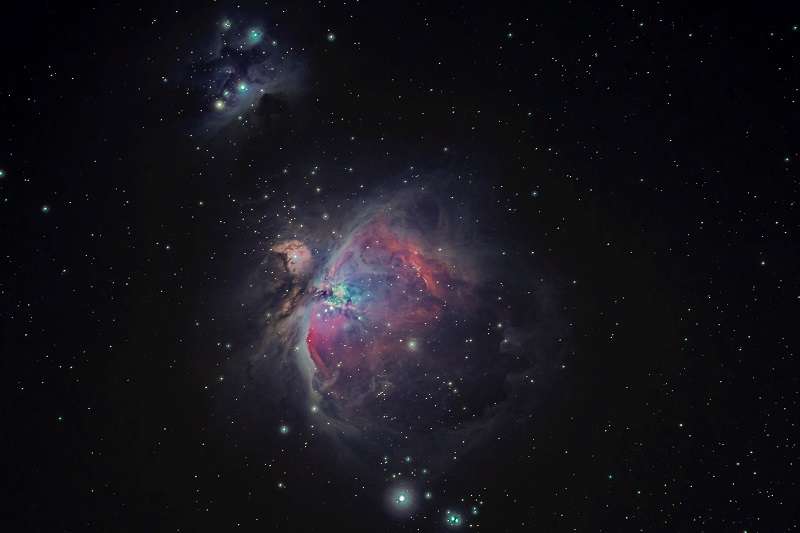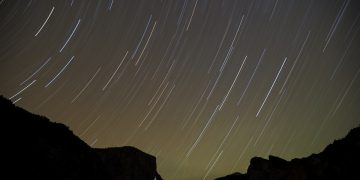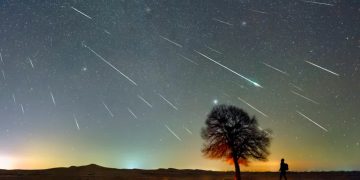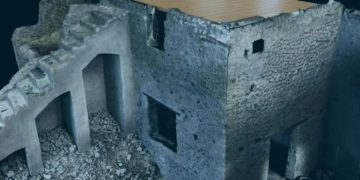
As we watch the billionaires’ space race unfold, it’s only natural that we’re getting more fascinated about the idea of space travel. With Elon Musk, Richard Branson and Jeff Bezos competing to be the first to make space travel a reality, their excitement is palpable – and contagious. So much so that as of last year, Branson already had a waiting list that was more than 600 people long. What’s more, these people were eagerly waiting to pay a staggering $250,000 each for a 15-minute round trip to space.
By July last year, Branson had already made his first trip to space aboard the VSS Unity and was planning to launch regular flights for his 600+ customers. Unfortunately, when the Federal Aviation Administration flagged the spaceship’s route – outside its designated airspace – Branson and the Virgin Galactic team were forced to go back to the drawing board.
In the meantime, Bezos took his own trip to space aboard his New Shepard spacecraft a mere 9 days after Branson. His trip was more successful, and he’s been organizing a new flight into space for paying customers every two months. Blue Origin – the company that built the New Shepard aims to transport people into space every two weeks within the next year or two.
On the other hand, Musk is not only planning to use SpaceX to transport people to Mars. He also recently launched 2,200 satellites into space to boost internet connectivity. SpaceX’s mission is to “make humanity multiplanetary,” with a specific focus on Mars. Musk has dominated the space race for a while. In fact, he’s even won the NASA contract to send a lunar lander to Mars in 2024. However, even Musk himself has competition.
Tom Mueller captured the public’s attention when he was recognized for his work at SpaceX. As a SpaceX employee, he was the brains behind the engines and propulsion systems that powered the rockets and spacecraft. After he retired from SpaceX, he founded Impulse Space. This company is on a mission to build sustainable propulsion systems to move objects in space.
At the moment, Musk is leading the space race given that SpaceX made history in 2010 as the first private company to launch a spacecraft, orbit and recover this spacecraft. What’s more, the Falcon 9 rockets have flown to space over 100 times.
Bezos is close behind, since he captured attention for launching the first fully automated flight with civilian passengers into space in 2021. However, Musk’s SpaceX is also well-known for its Inspiration4 civilian flight in September 2021.
It’s thrilling to watch the space race develop. After all, it’s exciting to know that we can now explore beyond our planet. With this new reality, our summer vacations are about to take on a new form. However, while space tourism is becoming more of a reality each day, so far it’s been restricted to the wealthy. After all, launching a space mission is expensive.
The cost of developing space travel has been a restriction for a long time – even for an organization as big as NASA. While SpaceX has been working on making space travel cheaper by developing reusable rocket systems, the cost of a trip into Mars is still restrictive for the average person. The cost of a trip to space aboard a Virgin Galactic spacecraft is currently $450,000. Although Blue Origin has not publicly announced their ticket prices, these are rumored to be somewhere in the neighborhood of $1 million.
What if we told you that you can now own your own planet?
While the billionaires race to make space tourism more accessible for the general public, a new organization is making it possible for anyone to own their own planet.
How is this possible?
NASA’s Exoplanet Exploration program is discovering new planets in outer space every month. These exoplanets are planets beyond our solar system. While most exoplanets orbit other stars, there are free-floating exoplanets known as rogue planets.
There are four different types of exoplanets:
- Gas giant
- Neptunian
- Super-earth
- Terrestrial
To date, NASA has discovered and identified 5,090 exoplanets and is studying 8,933 more.
Nola Labs has decided to share these planets with the rest of the world in NFT form. To this end, they’re unveiling a new NFT collection on September 28. This breathtakingly beautiful collection of XOplanets is the trademarked NFT version of NASA’s exoplanets. Each XOplanet is modeled after a discovered and confirmed planet and developed in accordance with NASA’s exoplanet metadata. These XOplanets can be purchased via credit card or Ether (ETH) currency at approximately $680 USD for the first 24 hours of the sale.
“Besides capturing the unique beauty of each XOplanet, every planet has incorporated movement into the design,” says a spokesperson from Nola Labs. “You can observe spinning, circling and turning inside spheres of stars that encircle the XOplanets. Artists have estimated the light level and color of the sky to perfectly portray what you might see if you were standing in front of a specific planet.”
As NASA’s Exoplanet Exploration program discovers more exoplanets, Nola Labs will expand their collection of XOplanets. In this way, there is potential for growth of the NFT collection as well as the value of the NFTs.
The inspiration behind the XOplanets
While NASA discovers more exoplanets, and the likes of Musk make huge strides in their plans for space tourism, we’re on the brink of a new reality. The team at Nola Labs is on a mission to make this reality accessible for everyone and this is exactly what drives the development of the XOplanets NFT collection.
“While there are many fascinating NFT collections, so far no one has developed an NFT collection that is based on the NASA exoplanet research and associated metadata,” says a Nola Labs representative. “Every day, newly-released James Webb Space Telescope images are capturing people’s imagination and accelerating interest in exoplanet exploration. We wanted to share these new worlds with the rest of the world, in NFT form.”
The Nola Labs team is driven by a shared interest in ‘everything outer space.’ The XOplanet NFT collection is the result of 44 years of studying Ufology, space travel and extraterrestrial sightings. With these NFTs, Nola Labs is filling the niche of an online community of people who are interested in outer space and space travel.
Thanks to the Nola Labs team, anyone can now own a piece of outer space in just a few clicks. You can peruse the entire collection of XOplanets here.
You can also connect with the Nola Labs team on Facebook, Twitter, Instagram and Discord for news about updates to the NFT collection.





























